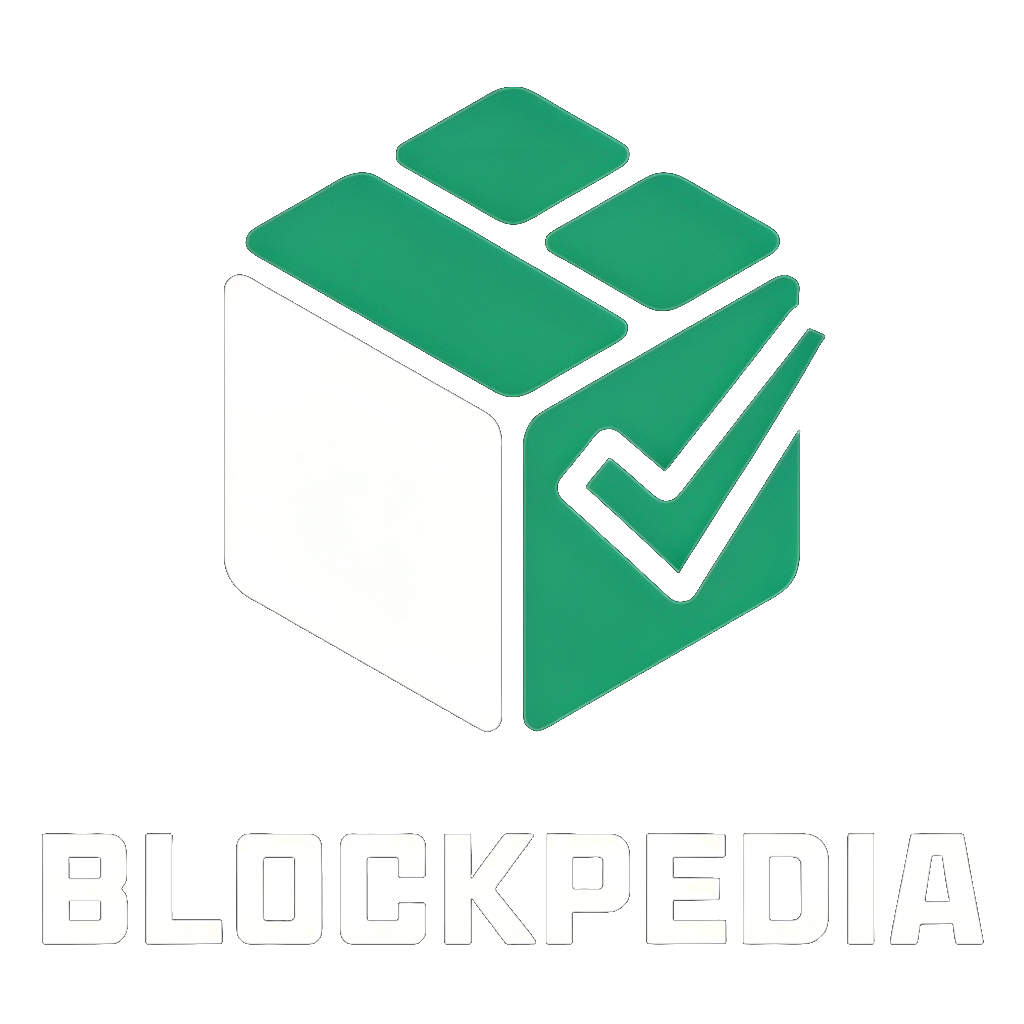Blockchain
Blockchain is a decentralized, digital ledger technology that enables the secure and transparent recording of transactions across a network of computers. It is the foundation of cryptocurrencies such as Bitcoin and Ethereum, but its potential uses extend far beyond digital currency.
Key Components of Blockchain
- Decentralized Network: A network of computers, known as nodes, that work together to validate and record transactions.
- Distributed Ledger: A digital ledger that is replicated across the network, ensuring that all nodes have the same version of the ledger.
- Cryptographic Algorithms: Advanced mathematical algorithms that secure and verify transactions, making it difficult for hackers to manipulate the ledger.
- Consensus Mechanism: A process by which nodes agree on the validity of transactions and ensure that the ledger is updated correctly.
How Blockchain Works
A blockchain is created when a network of nodes agrees to work together to validate and record transactions. Here's a step-by-step overview of the process:
- A user initiates a transaction, such as sending cryptocurrency from one wallet to another.
- The transaction is broadcast to the network of nodes, where it is verified using cryptographic algorithms.
- The verified transaction is combined with other transactions in a batch, known as a block.
- Each node on the network competes to solve a complex mathematical puzzle, known as a proof-of-work, to validate the block.
- The first node to solve the puzzle gets to add the block to the blockchain and broadcast it to the network.
- Each node on the network updates its copy of the blockchain to reflect the new block of transactions.
Benefits of Blockchain
Blockchain technology offers several benefits, including:
- Security: The use of cryptographic algorithms and a decentralized network makes it difficult for hackers to manipulate the ledger.
- Transparency: All transactions are recorded publicly, making it possible to track the movement of assets and verify the integrity of the ledger.
- Immutable: The use of a decentralized network and cryptographic algorithms makes it difficult to alter or delete transactions once they have been recorded.
- Efficient: Blockchain technology can automate many processes, reducing the need for intermediaries and increasing the speed of transactions.
Use Cases for Blockchain
While blockchain technology is perhaps best known for its use in cryptocurrencies, it has many other potential applications, including:
- Supply Chain Management: Blockchain can be used to track the movement of goods and verify the authenticity of products.
- Smart Contracts: Blockchain can be used to create and execute contracts automatically, reducing the need for intermediaries.
- Identity Verification: Blockchain can be used to create secure and decentralized identity verification systems.
- Voting Systems: Blockchain can be used to create secure and transparent voting systems.
In conclusion, blockchain is a powerful technology that has the potential to transform many industries and applications. Its decentralized, secure, and transparent nature makes it an attractive solution for a wide range of use cases, and its potential for innovation and growth is vast.
